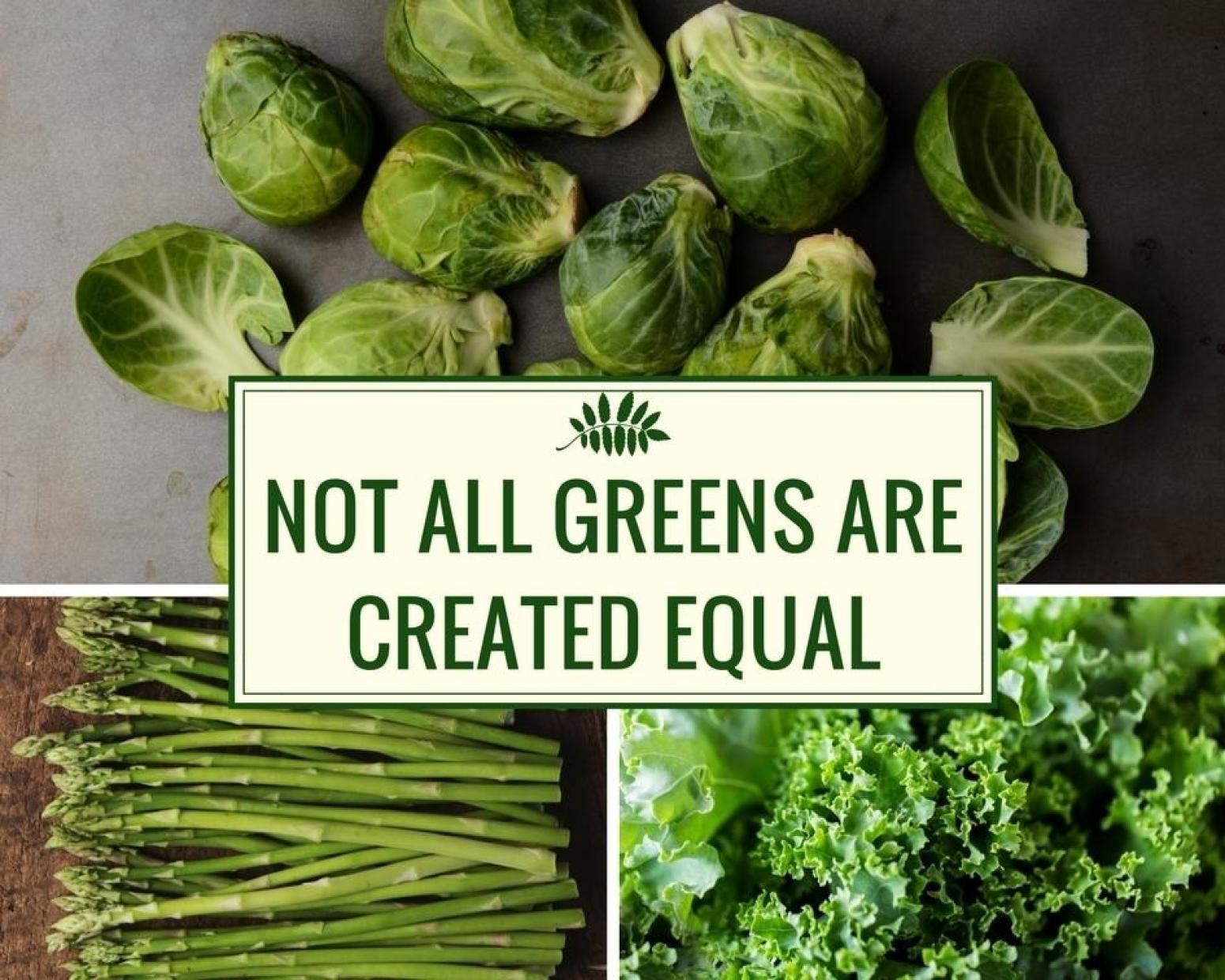Have you ever wondered why green foods are especially healthy? The color green comes from a pigment called chlorophyll. This pigment is very similar to the hemoglobin found in our blood; this is why chlorophyll is known as the blood of the plant.
Unlike hemoglobin, however, which has iron at the center of it, chlorophyll’s center contains magnesium. This essential micronutrient plays a role in over 300 enzymatic reactions in our bodies. Moreover, chlorophyll is also the compound that allows a plant to convert light to energy.
When we consume chlorophyll, it acts as an antioxidant in our systems providing countless health benefits. Research has demonstrated its ability to bind to potential carcinogens making them less dangerous and interfering with absorption. It promotes the production of liver enzymes utilized in detoxification processes, speeds wound healing and promotes stable blood sugar.
Not all green foods are created equal, though. In general, the darker the green, the more chlorophyll a vegetable contains. Here are some examples of common green foods you probably eat every week!
Cruciferous vegetables (examples include kale, arugula, broccoli and brussels sprouts)
In addition to containing chlorophyll, these vegetables contain significant amounts of a compound called glucosinolates. While this compound is responsible for the unfortunate aroma and bitterness of these vegetables, it is also thought to aid in the cancer-fighting properties.
Asparagus
This delicate plant contains saponins which fight inflammation; they are also responsible for the very distinct smell you experience long after eating them.
Celery
Celery does not get the credit it deserves; many people say it’s not very nutritious. However, despite containing less chlorophyll, celery provides lots of hydration and fiber, two components essential to promoting satiety and weight maintenance.
Zucchini
This is rich in heart-healthy nutrients such as potassium and folate. Potassium helps to fight the effects of salt, and adequate folate can help reduce homocysteine levels, a marker associated with risk of heart disease and stroke.
Lettuce
In general, the deeper the color of lettuce, such as romaine, the more chlorophyll, and the more powerful nutrients it contains, such as inflammation-fighting phytochemicals. Keep in mind, though, lighter color lettuce such as butter lettuce still provides hydration and fiber! Plus, lettuce provides bulk to a meal, increasing satiety and potentially decreasing calorie consumption of a meal.
Green Peppers
Most people are surprised to find out that bell peppers contain twice as much Vitamin C than an orange! Green peppers are nutrient dense and a great way to add antioxidants and flavor to your diet.
To get the most nutrients in your diet, make sure to include as much variety of produce as possible, including varying colors of green produce!
